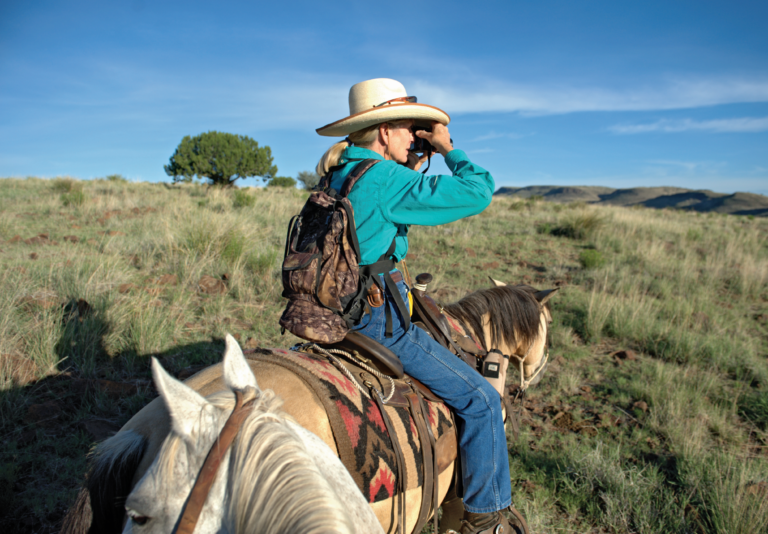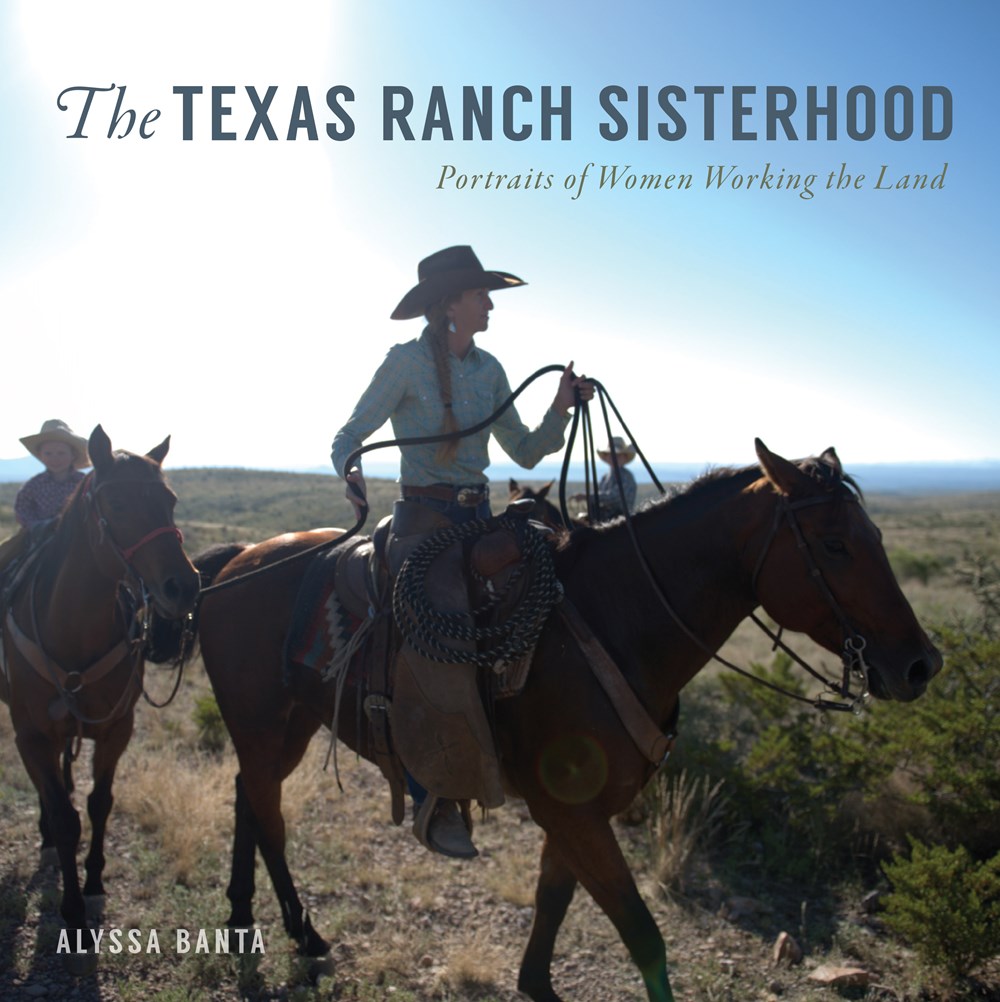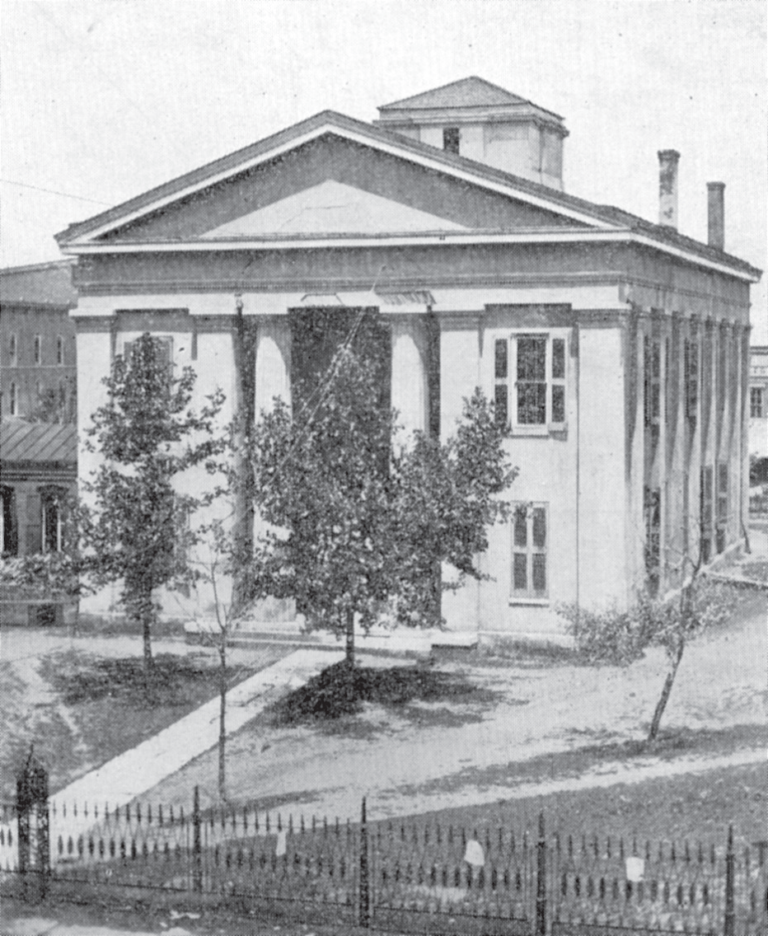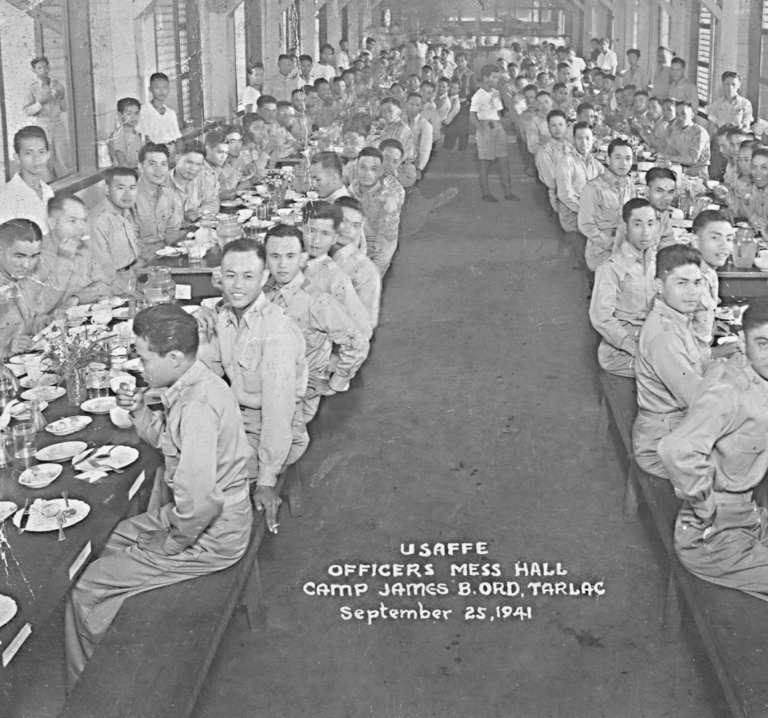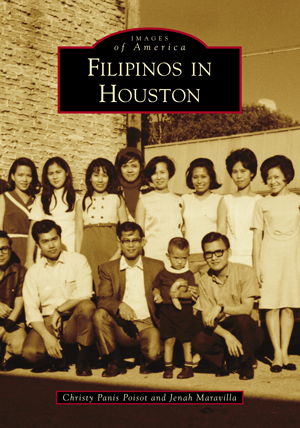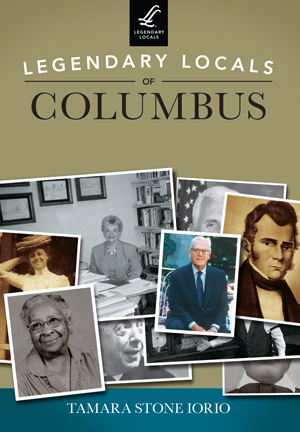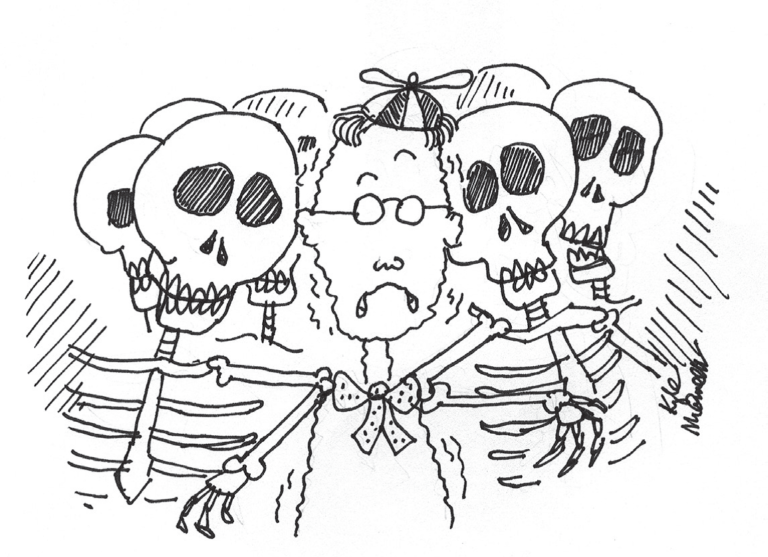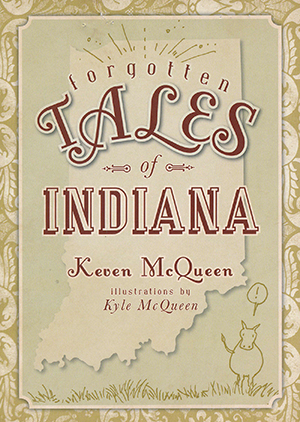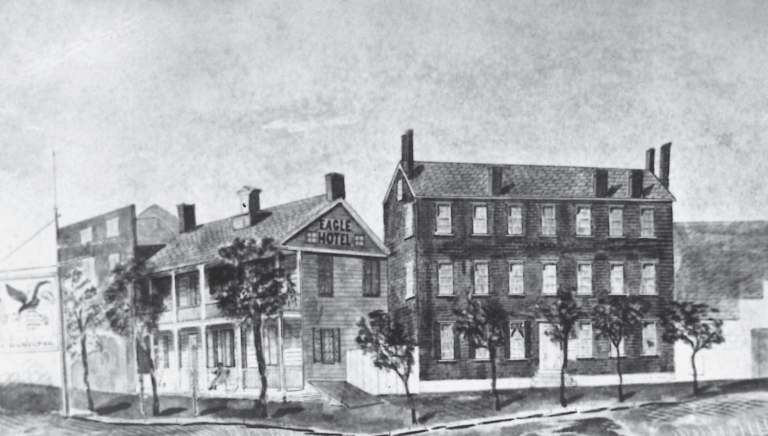Plenty of Texas farms and ranches are filled with hardworking women. Just like their male counterparts, women perform the same tasks, with the same hours, and under the same challenging conditions. Some are daughters, some are mothers, all reinforce the stereotype that Texas women are tough, and always have been.
A day in the life of five Women Ranchers of Texas
Three Hangings in Lafayette, Indiana: A True Story
It was the first and last time criminals were hanged in Lafayette.
In the first few months of 1855, Lafayette saw a fire, a murder, and a series of confessions. By the time the Sheriff of Tippecanoe County had finished, he had three men who’d received death sentences: Abram Rice, a tinner by trade; Timothy Driskill, just twenty-three years of age, and David Stocking, who was from New York.
The sheriff decided to hang all three men on a cold January day in 1856, on gallows erected on the northwest corner of the courthouse square. Before the three were taken to the scaffold, they said farewell to the other prisoners. “Well gentlemen, I reckon there was never a willinger soul to die than I am,” said Rice, according to the Lafayette Morning Journal.
A large crowd started gathering outside the iron fence hours before the scheduled afternoon hanging. At 2:00 p.m., the bells of the courthouse and churches were tolled to announce the hour of the execution. That brought about a reaction from the people in the crowd, yelling and cursing. A rumor going around the crowd was that the governor had commuted the death sentences of Rice and Driskill and had given them life sentences.
The crowd became unruly and made an attempt to tear down the fence. Some threw stones and other missiles at police officers, who responded by arresting some of the offenders and hauling them off to jail. Twelve men were later fined for their crimes.
When things had calmed down, the sheriff resumed the hangings. Rice requested that a stool on which he was sitting be removed. He kneeled and said that he had seen men hanged this way.
According to the Lafayette Journal & Courier, Driskill said to him, “Abe, are you going to kneel?”
“Yes,” Rice replied.
Driskill then turned to Stocking and asked, “Stock, which way is the easiest to die—kneel or stand? I want to die the easiest way.”
Stocking replied that he should stand unless he thought there was a danger of the rope breaking. The sheriff assured them there was no danger of that happening.
Stocking stood, while the others kneeled as hoods were placed over their heads. At 2:22 p.m., the bolt was withdrawn, and the three men were sent to their deaths. It was the first and last time criminals were hanged in Lafayette.

Houston Filipinos
Contemporary Texans are proud of the ethnic and cultural diversity in the Lone Star State. The one-time French territory became known as Tejas when Spain took control. Mexico would break free, and Texans would do the same in 1836. Large waves of European immigrants arrived in the last decades of the 1800s, and made their mark on local culture. One group would distinguish itself in the 20th century — immigrants from the Philippines.
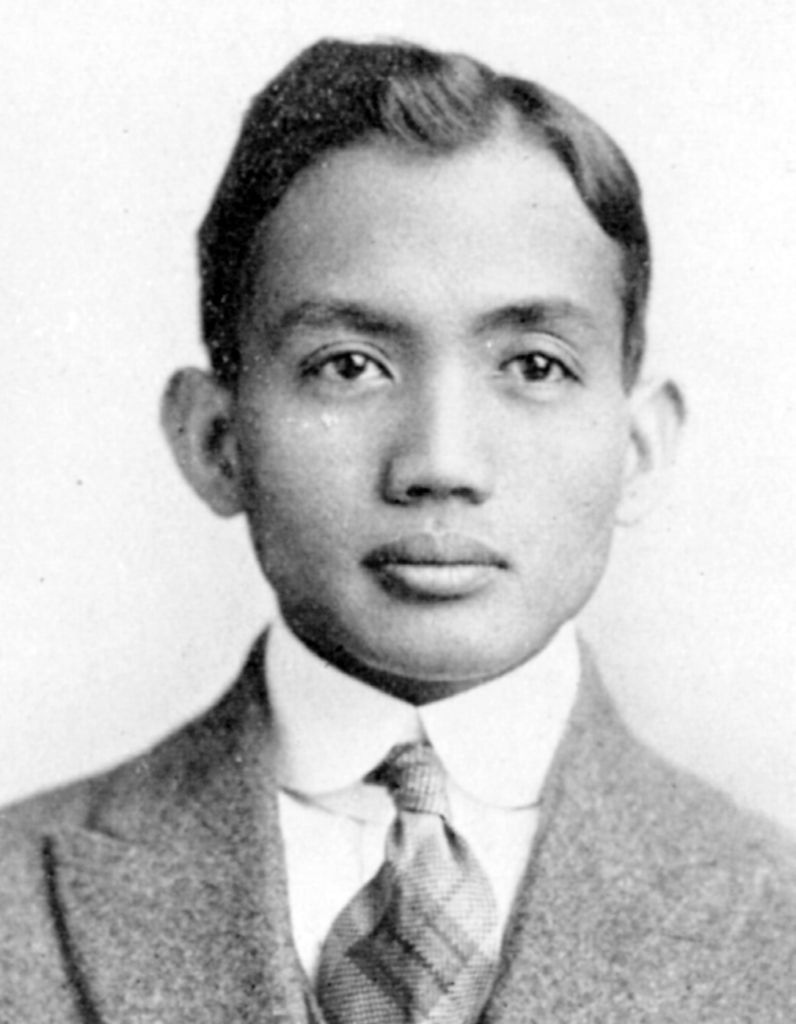
In 1912, Rice University matriculated its first class, and included in the prestigious group was Filipino Rudolfo Hulen Fernandez. Quite an accomplishment for a time and place known to exclude non-whites. Houston’s first Filipino star would have to wait later in the century for more of his community to arrive and mark their mark in Texas.

Following the Spanish-American War, the Philippines became a U.S. territory from 1898 to 1946, but America limited Filipino immigration during most of that period. During World War II, Filipinos were allowed to enlist in the armed forces, and later permitted to move to the U.S. But it wasn’t until 1965’s Immigration and Nationality Act, which eased entry for skilled immigrants, that Filipinos began to grow in numbers in Texas, and especially in Houston. Now, as many as 20,000 Filipinos could bring their talents and culture to the U.S. Houston, famous in the 1970s for its low home prices, welcomed Filipinos who had earlier arrived on the West Coast.
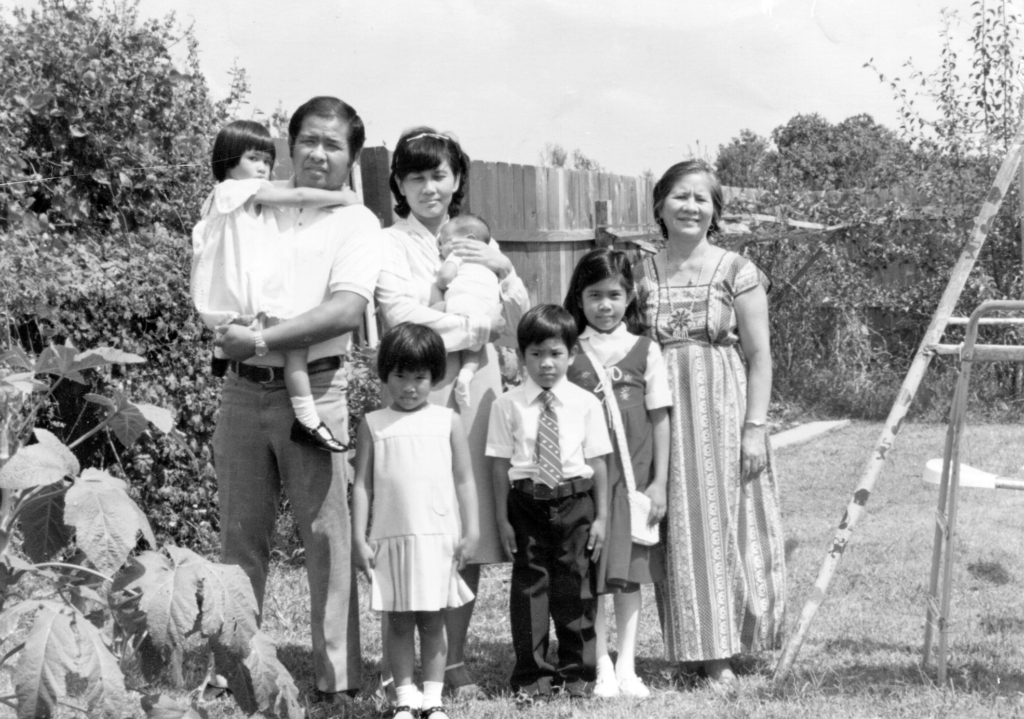
The highest concentrations of Filipinos was found along the Gulf Coast and in Texas’s largest city Houston. The Texas Medical Center in Houston had been employing Filipino immigrants in growing numbers following World War II, and the newly-arrived would often later bring the rest of the family. In the 1960s, Methodist Hospital invited Filipinos through an exchange program. Word spread that Houston was welcome to Filipinos. Climate and existing Spanish culture were big draws for citizens of the island territory.
Today, the Filipino community is strong and active in all aspects of Houston life. It’s one of many distinct ethnic groups that make Houston the most multi-cultural city in the nation.
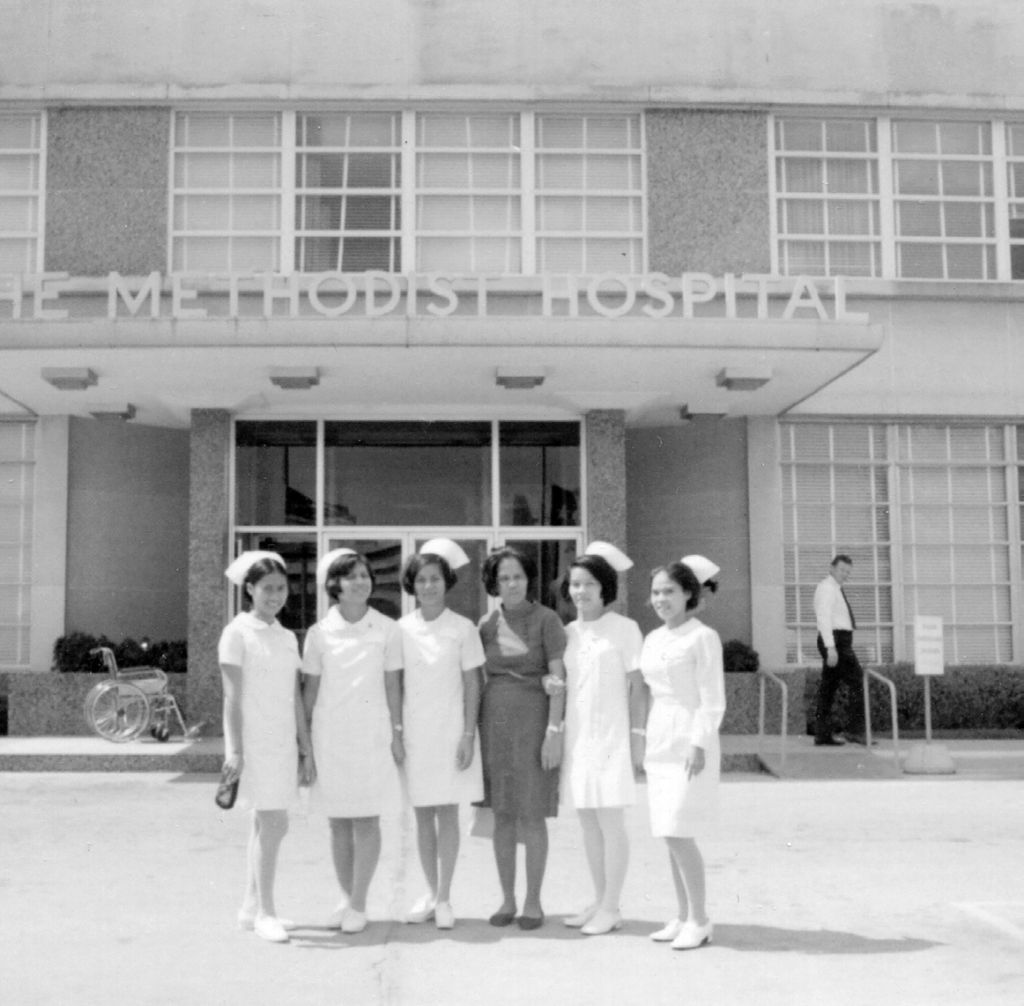
Five Famous Columbus Residents
From a singing cowboy to a celebrated teacher
Columbus, Indiana, is a vibrant city known for its modern architecture and for housing the world headquarters of Cummins, Inc., a global manufacturer of engines and engine components. Since its founding in 1821, many colorful individuals have played significant roles in the city’s history. Here are some of their stories.
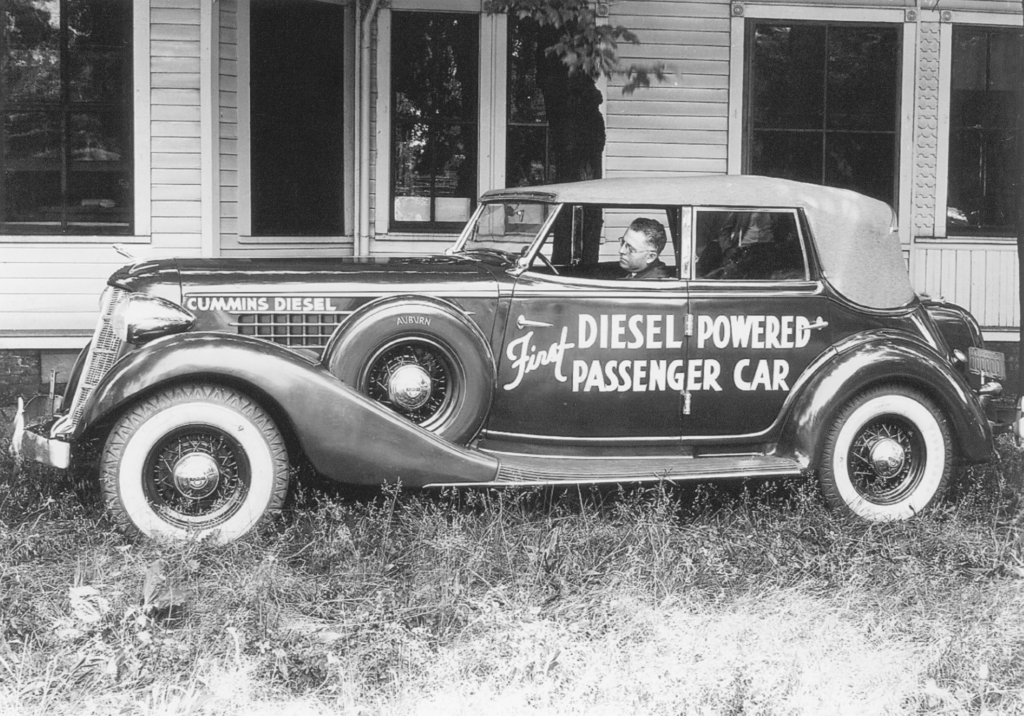
Clessie Lyle Cummins was the co-founder of Cummins Engine Company with W. G. Irwin, a banker. Cummins grew up on a farm in Indiana, and his formal schooling ended after the eighth grade. After moving to Columbus, Cummins worked for several different machine and automobile companies, including Reeves and Co., before being hired by W. G. Irwin as a chauffeur. Cummins almost did not get the job with Irwin because Irwin was afraid that the young Cummins was not strong enough to crank the engine of his Packard. After working for Irwin for more than a decade and continuing to tinker with engines, Cummins founded Cummins in 1919 with Irwin’s financial backing. The first engine was a six-horsepower engine designed for use on a farm.
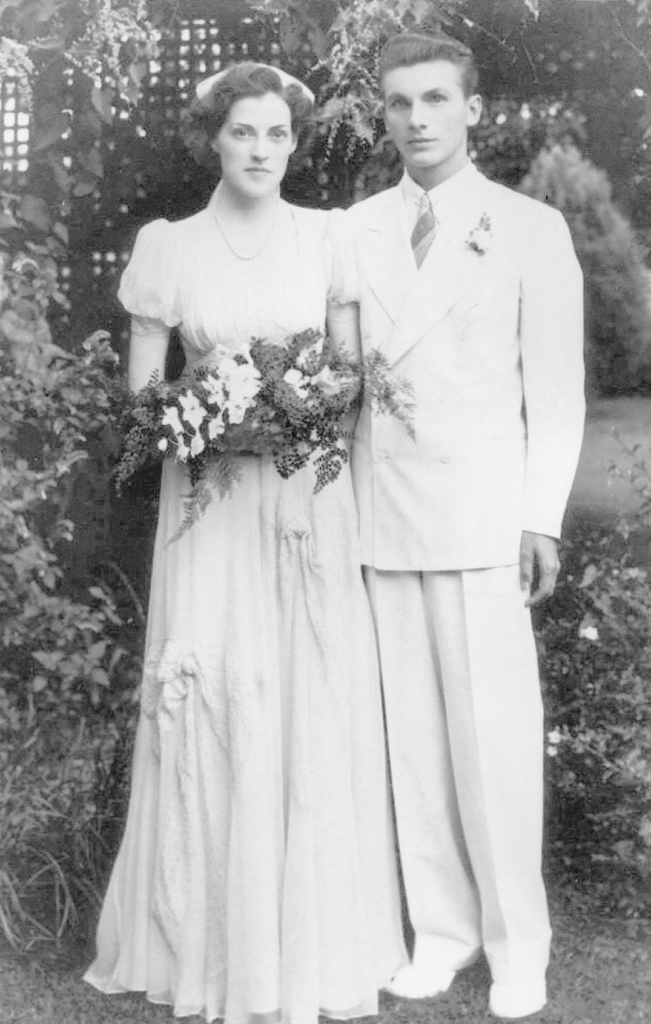
Jeanne Lewellen Norbeck was born in Columbus and graduated from Columbus High School in 1929. She and her husband, Edward Norbeck, pictured above at their 1940 wedding in Hawaii, were living there when Pearl Harbor was bombed in 1941. Her husband joined the Army, and Jeanne became one of the first women to serve as pilots in the US militarywhen she joined the Women Airforce Service Pilots (WASP). More than 25,000 women volunteered to join the WASP, and Norbeck was one of only 1,074 successfully to complete the training.
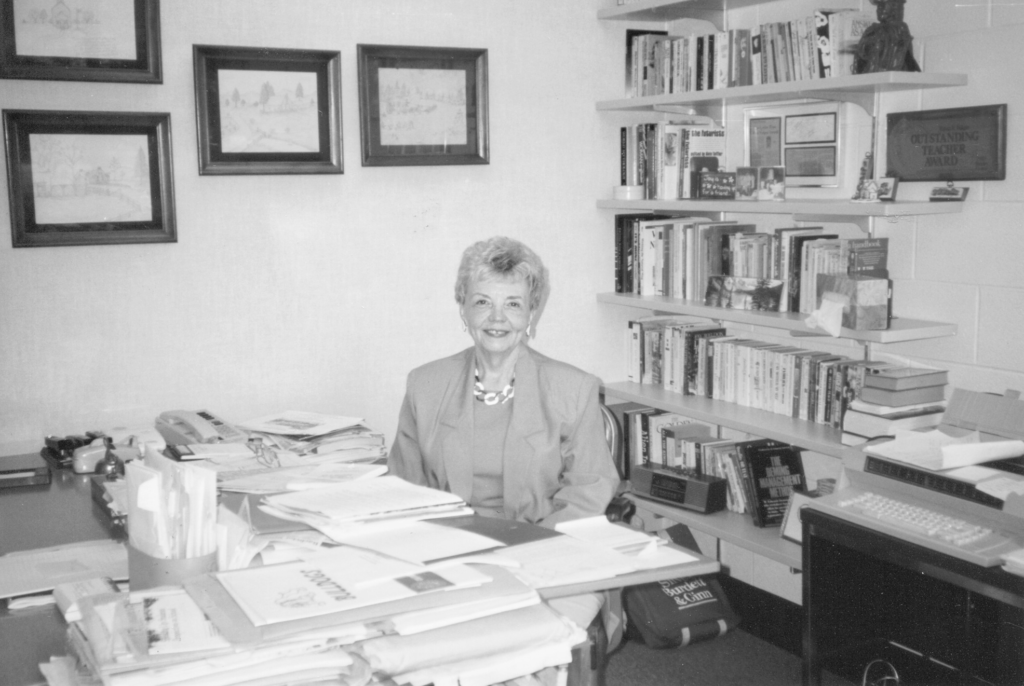

When Shirley Lyster retired in 2004 after more than 52 years as a teacher, she was the longest- serving teacher in the history of Columbus schools. Lyster was born in Columbus and graduated from Columbus High School in 1947, returning to do her student teaching there in 1951 after graduating from Franklin College. Lyster taught English for 52 years at Columbus High School and Columbus North High School and was English department chair for 33 of those years. During that time, she built a department of excellent English teachers and developed a writing program that received local and national accolades.
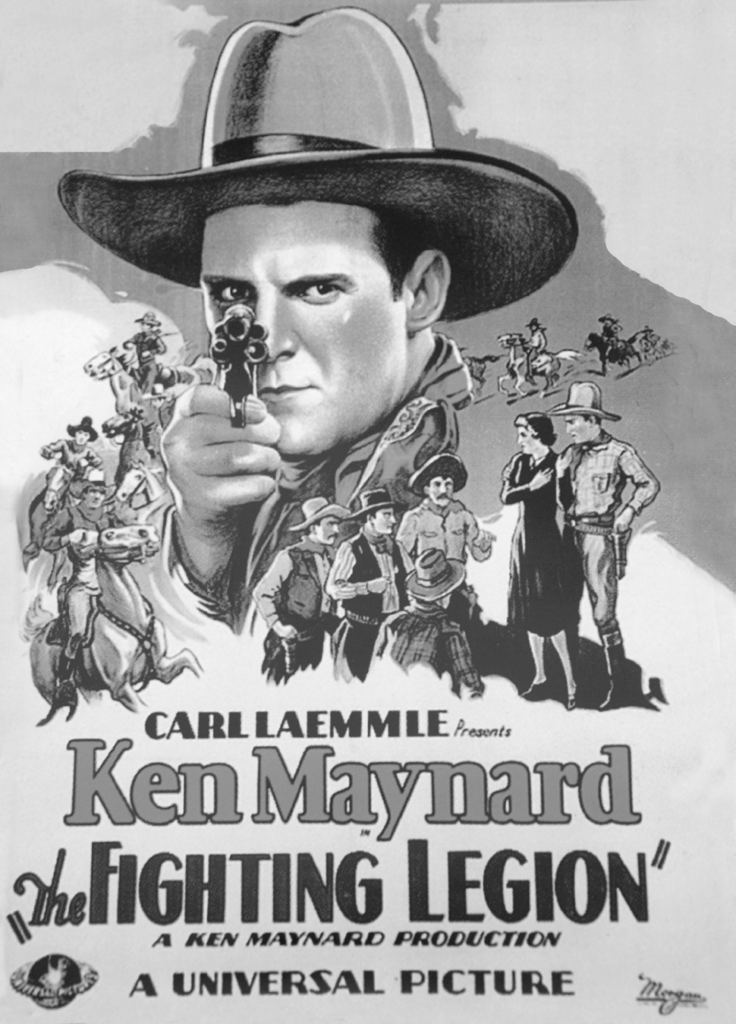
One of the first singing cowboys in the heyday of movie Westerns, Ken Maynard was born in 1895 in Vevay, Indiana, but grew up in Columbus. He began his career in the era of silent films in the 1920s and appeared in more than 90 films during his career, which earned him a star on the Hollywood Walk of Fame. His later life was marred by alcoholism, and he died penniless in California in 1973.
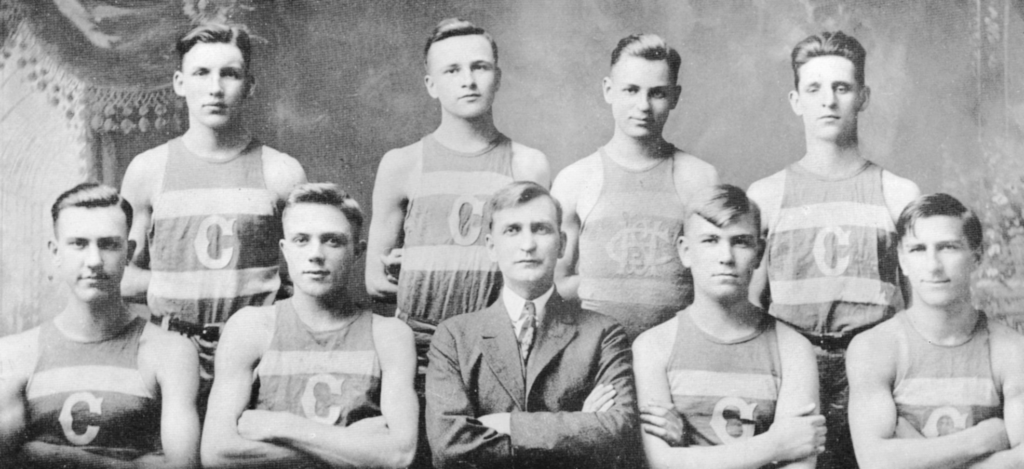
One of the most famous names in American shoes was born in 1901 near Columbus. In 1917, Chuck Taylor (front row, far left) played basketball for Columbus High School wearing Converse shoes. He later played for several professional teams, including a Converse All-Stars barnstorming team that played all over the country. After school, Taylor had gone to the Converse office in Chicago looking for a job. He became well known for traveling the country selling shoes and hosting basketball clinics, and he made suggestions to improve basketball shoes that prompted Converse to add his signature to the star patch on the ankle of Chuck Taylor All Stars.
An Indiana Ghost Story
Was it a local magician, or something paranormal?
It is one thing when a believer in spirits sees a ghost. It is another when a skeptic sees one.
Such was Mrs. Dell Freeman, who lived in a century-old house on First Street in Vincennes, in which a man was once murdered. In the years 1887 and 1888, she was plagued—mostly between the hours of 4:00 and 5:00 a.m.—by guitar music from an unseen musician, weird noises including the sound of “someone in fearful distress,” doors that opened and closed themselves and, worst of all (or best of all, depending on one’s point of view), full-bodied apparitions.
One day, she saw a tall, slender man in her cellar who had no business being there. She sent a man downstairs to remonstrate with the otherworldly stranger. He followed the figure and watched it for some time until it vanished “like a puff of smoke.”
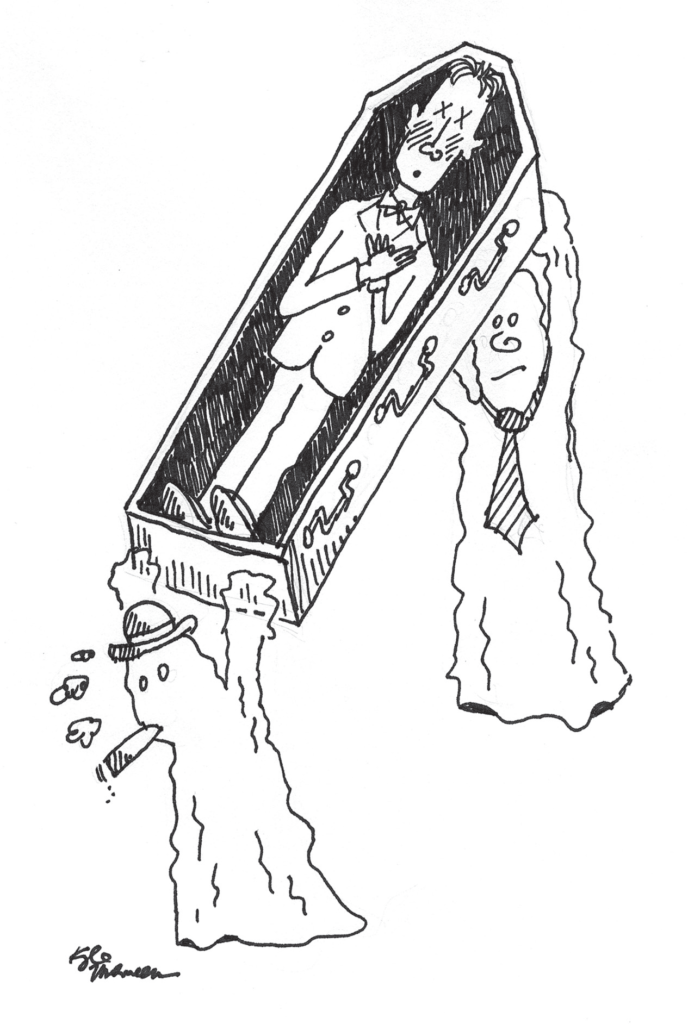
On another occasion, a ghostly man stepped out from behind a bookcase and glared at people assembled in the room. It disappeared when approached. Once, everyone in the house saw a blue flame sweep down from the ceiling. “The clock there took a spell one night,” said Mrs. Freeman, “and played ‘Home, Sweet Home’ and ‘In the Sweet By and By.’ Others heard it besides myself.”
The most improbable manifestation of all came one night when Mrs. Freeman saw two ghosts with “hideous shapes” carrying a black velvet lidless coffin through a room: “In the coffin could be plainly seen a dark-faced man.”
Mrs. Freeman, who took no stock in spooks, specters or Spiritualists, believed that a magician was somehow entering her house and performing tricks to convince her to move out for some nefarious reason. She took comfort in this explanation.
Five Forgotten Locals from Aurora, Indiana
This charming Ohio River town has featured some amazing and inspirational residents.
The first settlers arrived in Aurora, which sits just 20 miles south of Cincinnati, in the 1790s. They were Revolutionary War veterans looking for a new start for their families—and they were also the first wave in Aurora’s surprising and fascinating citizenry.
Here are five of the town’s most fascinating characters.
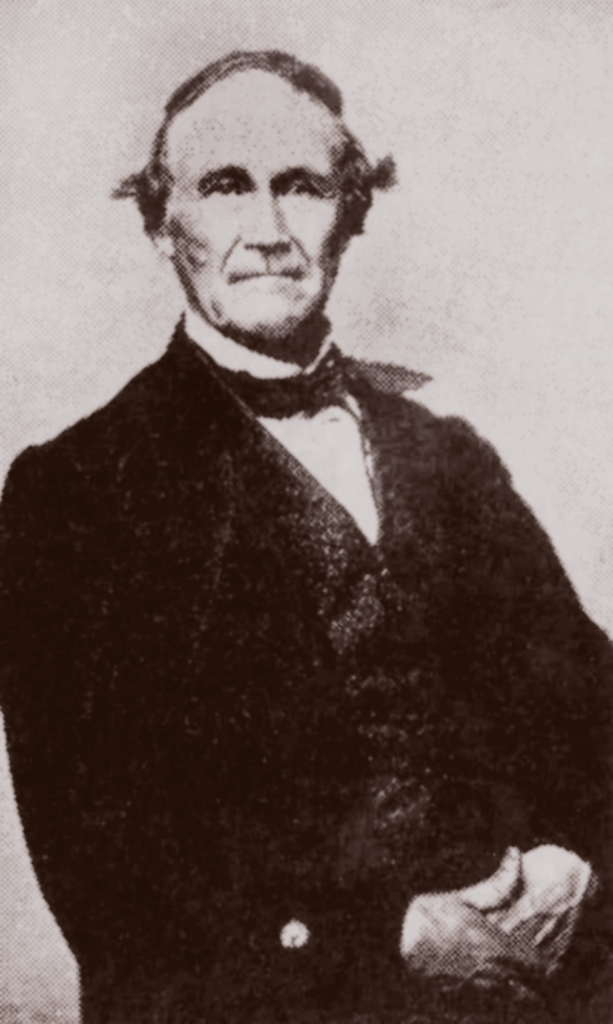
Samuel Morrison was the first white child born in Dearborn County, on March 1, 1798. His family lived in a deserted Indian hut at the mouth of Hogan Creek and the Ohio River, until more permanent housing could be built. When Samuel was three, squirrels plagued Aurora. In 1801, the pesky critters moved along the river with nothing to check their march. It was said that one woman killed over 300 squirrels with her “clothes beater” while washing on the river’s shore.
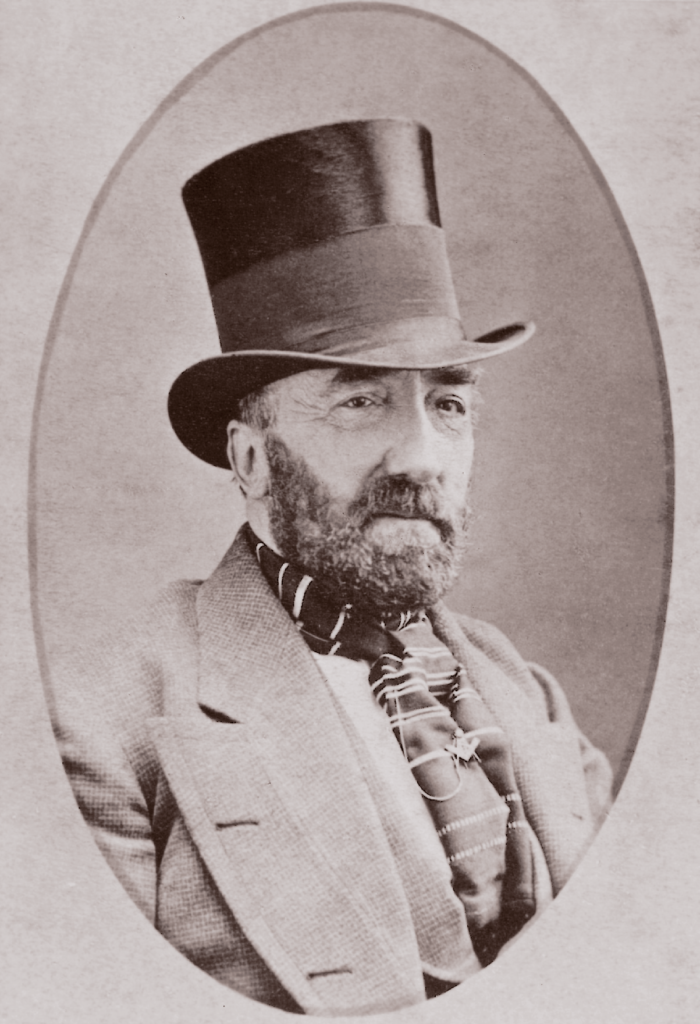
John Hamilton owned the Eagle Hotel, which served people who rode the Ohio River’s riverboats. The hotel stood facing the river and was located opposite the mouth of Hogan Creek. It had a large porch extending across the front where guests sat and watched the river. Behind the hotel were a three-story brick building and the George Taylor Livery Stable. The Eagle Hotel operated for about 50 years. It, along with the livery, was destroyed by fire.
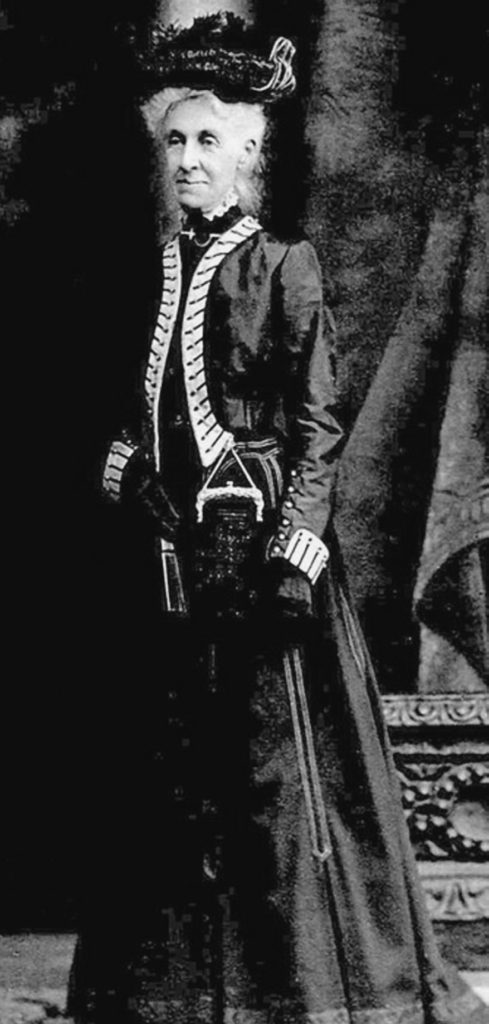
Georgiana Sutton was the daughter of Dr. George Sutton. In her will, Georgiana bequeathed Aurora a public library. She set aside $10,000 for the purpose, as a memorial in loving remembrance of her father and mother. The building was completed in 1914 and remains the town’s library today.
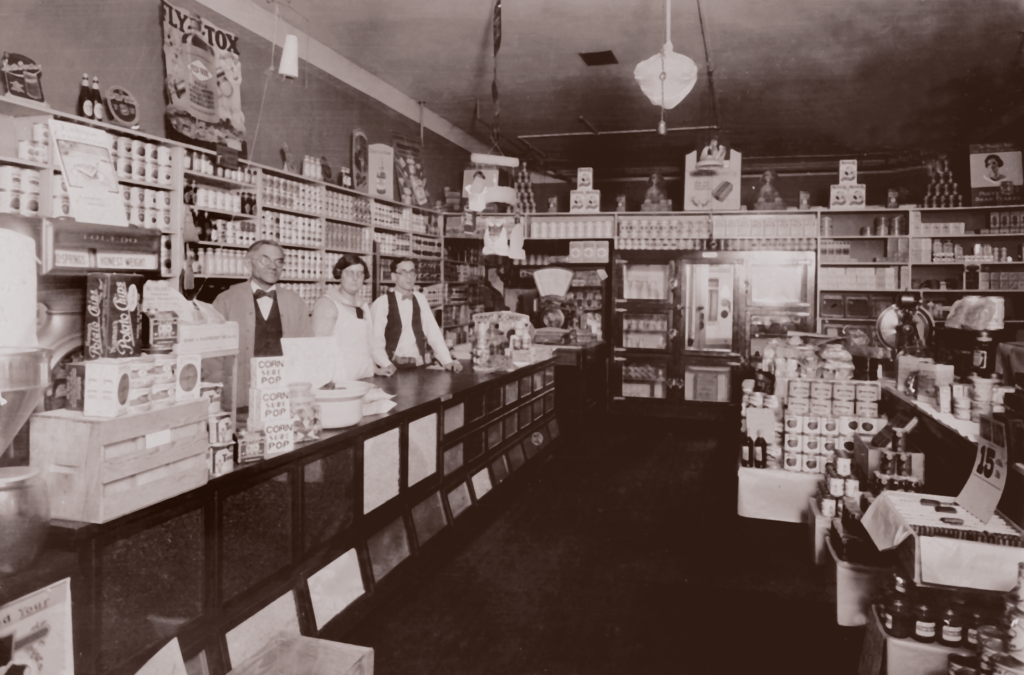
Harry Kern ran Kern’s Grocery Store, at 427 Second Street. In its time, it was said to be a better grocery store than Kroger. In this picture, from left to right, are Kern, Tillie Cofield, and Russel Zeh, who also helped run the store.

For each of her 105 years, Luella Roppers was a model of how to live a full and generous life. Even at 100, she would call the “Catch A Ride” bus every Friday to take her to Dearborn County Hospital, where she had volunteered for decades, accumulating over 4,200 volunteer hours. Roppers also wrote a monthly newsletter for her church, played cards with friends, and matched Retired Senior Volunteer Program volunteers with students from six schools as pen pals. During an interview she gave at 102, Roppers credited the Lord for her long life. “He’s given me health andI haven’t had any bad days,” she said. “I’ve always had what I need.


